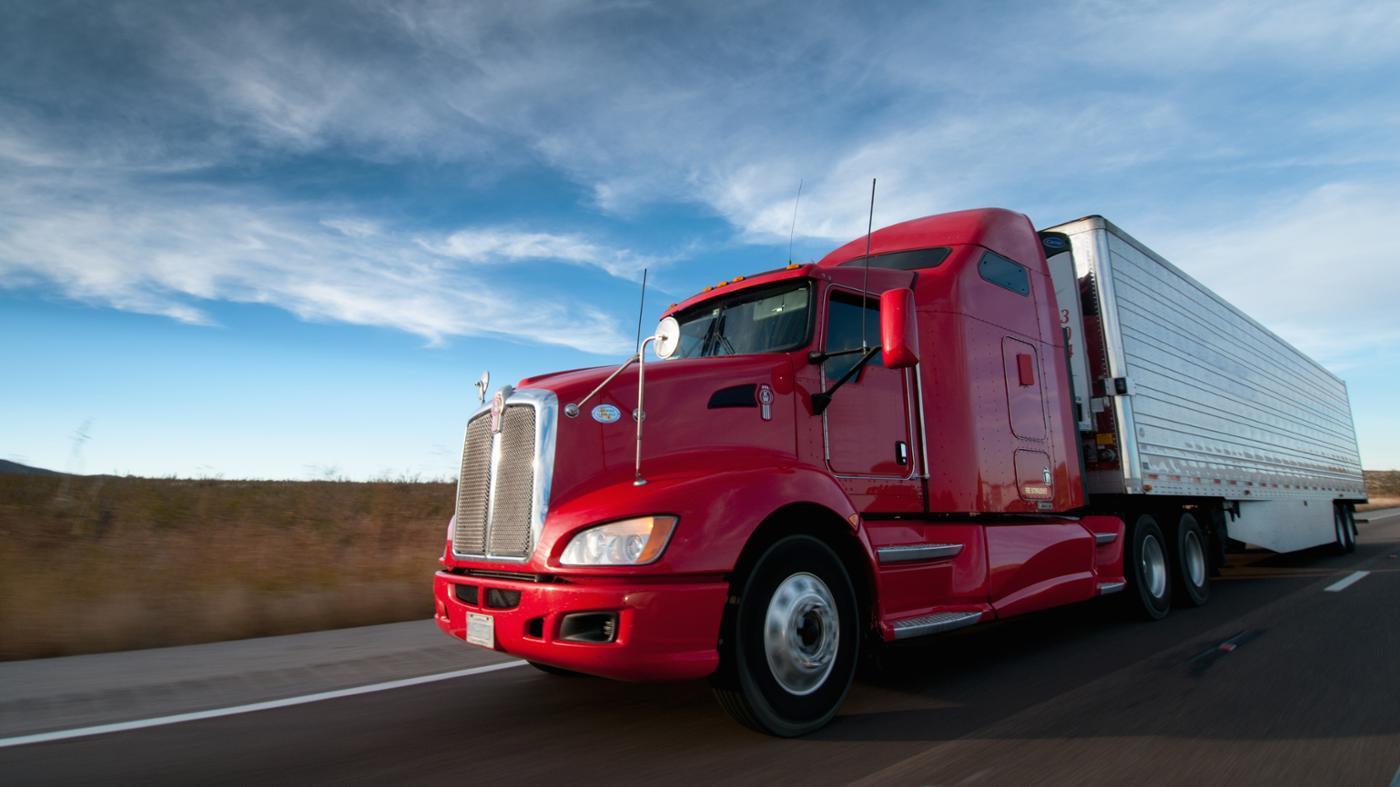Car Dealerships Step Up Fight Against Electric Vehicle Regulations

Table of Contents
Financial Stakes for Dealerships
The financial implications of the EV transition are a primary driver of dealership opposition to stricter EV regulations. Dealerships face significant challenges adapting to this new reality, impacting their profitability and potentially their very survival.
- Lower profit margins on EVs: Currently, the profit margins on EV sales are considerably lower than those on gasoline-powered vehicles. This is due to several factors, including higher manufacturing costs for EVs and increased competition in the market.
- Significant investment in infrastructure and training: Selling and servicing EVs requires substantial investment in new infrastructure, including charging stations and specialized tools. Dealerships also need to train their staff on the unique aspects of EV maintenance and repair. These costs represent a considerable financial burden, especially for smaller dealerships.
- Uncertainty surrounding long-term profitability: The long-term profitability of EV sales and servicing remains uncertain. The rapid pace of technological advancements in the EV sector introduces risks related to obsolescence and the need for constant upgrades.
- Potential job losses: The shift towards EVs could lead to job losses in the automotive service sector. As EVs have fewer moving parts than internal combustion engine (ICE) vehicles, routine maintenance and repair requirements are significantly reduced, potentially impacting the employment of mechanics specializing in ICE vehicles.
Industry reports indicate that the average profit per EV sale is currently 20-30% lower than the average profit for a gasoline vehicle, while the investment needed for EV service bays can easily exceed $100,000. This financial strain is a major factor driving dealerships' opposition to policies that accelerate the transition to EVs.
Lobbying Efforts and Political Pressure
Dealership groups are actively engaging in lobbying efforts and exerting significant political pressure to influence EV regulations. These efforts involve various strategies designed to shape government policies and slow down the transition to electric vehicles.
- Key lobbying groups: National Automobile Dealers Association (NADA) and similar state-level associations are leading the charge in opposing stricter EV regulations.
- Lobbying strategies: These groups utilize various tactics, including campaign donations to politicians, sophisticated public relations campaigns designed to sway public opinion, and direct engagement with policymakers through lobbying activities. They often highlight the economic challenges and potential job losses associated with rapid EV adoption.
- Arguments against stricter regulations: Dealerships primarily argue that stricter EV regulations stifle consumer choice, negatively impact the economy, and push the technology before it is truly ready for widespread adoption. They emphasize the need for a more gradual transition.
The influence of these lobbying efforts is evident in the ongoing debates surrounding EV mandates and incentives. The financial resources and political connections of these dealership groups give them considerable power to shape policy outcomes.
Concerns about Consumer Readiness and Infrastructure
A major argument raised by car dealerships against rapid EV adoption centers on concerns about consumer readiness and the existing infrastructure limitations.
- Insufficient charging infrastructure: The current charging infrastructure, particularly in rural areas, is insufficient to support widespread EV adoption. "Charging deserts" are a significant concern, creating range anxiety for potential EV buyers.
- Consumer hesitancy: Many consumers remain hesitant to adopt EVs due to concerns about range anxiety, charging times, and the generally higher initial purchase prices compared to gasoline-powered cars.
- Strain on the electricity grid: Mass EV adoption could place a significant strain on existing electricity grids, requiring substantial upgrades and investments in renewable energy sources.
Data shows that while EV adoption rates are growing, they are still far from reaching the levels required to meet climate goals. Addressing consumer concerns and expanding charging infrastructure are crucial steps towards fostering greater EV adoption.
The Impact on Rural Communities
The lack of adequate charging infrastructure disproportionately affects rural communities, creating what are known as "charging deserts." This poses significant challenges to equitable EV adoption.
- Limited charging access: Rural areas often lack the density of charging stations found in urban centers, making long-distance travel difficult for EV owners.
- Exacerbating existing inequalities: The limited availability of charging infrastructure in rural areas further exacerbates existing transportation inequalities, impacting access to jobs, healthcare, and other essential services.
- Need for targeted policies: Targeted policies are needed to support EV adoption in underserved rural communities. This may include government incentives for charging station deployment in rural areas and initiatives to promote the use of renewable energy sources.
Addressing the specific challenges faced by rural communities is vital to ensure a just and equitable transition to electric mobility.
Conclusion
Car dealerships' opposition to stricter electric vehicle regulations stems from legitimate financial concerns, amplified by active lobbying efforts. Their arguments regarding consumer readiness, insufficient infrastructure, and the potential strain on the electricity grid highlight the complexities involved in this large-scale transition. Understanding these perspectives is critical for forging a path that balances environmental sustainability with economic realities and ensures a fair and equitable transition for all communities. The fight over electric vehicle regulations continues, shaping the future of the automotive landscape. Stay informed about the latest developments in the debate surrounding electric vehicle regulations and their evolving impact on the automotive industry and consumer choices.

Featured Posts
-
 Tech Giants Boost Us Stocks Tesla Leads The Charge
Apr 28, 2025
Tech Giants Boost Us Stocks Tesla Leads The Charge
Apr 28, 2025 -
 Alnskht 22 Mn Mhrjan Abwzby Brnamj Ghny Basmae Lamet Fy Ealm Almwsyqa
Apr 28, 2025
Alnskht 22 Mn Mhrjan Abwzby Brnamj Ghny Basmae Lamet Fy Ealm Almwsyqa
Apr 28, 2025 -
 Rent Increases Ease But Housing Costs Continue To Rise In Metro Vancouver
Apr 28, 2025
Rent Increases Ease But Housing Costs Continue To Rise In Metro Vancouver
Apr 28, 2025 -
 The Transgender Athlete Ban Minnesotas Legal Battle With The Us Government
Apr 28, 2025
The Transgender Athlete Ban Minnesotas Legal Battle With The Us Government
Apr 28, 2025 -
 Broadcoms V Mware Deal At And T Exposes A Potential 1 050 Cost Increase
Apr 28, 2025
Broadcoms V Mware Deal At And T Exposes A Potential 1 050 Cost Increase
Apr 28, 2025
Latest Posts
-
 Dansk Melodi Grand Prix 2025 Stem Pa Din Favorit Nu
May 11, 2025
Dansk Melodi Grand Prix 2025 Stem Pa Din Favorit Nu
May 11, 2025 -
 Tasman Council Urged Be Realistic About Keeping Key Road Open For Truckers
May 11, 2025
Tasman Council Urged Be Realistic About Keeping Key Road Open For Truckers
May 11, 2025 -
 Unmasking The Prototypes The Real Men Who Shaped The Great Gatsby
May 11, 2025
Unmasking The Prototypes The Real Men Who Shaped The Great Gatsby
May 11, 2025 -
 Trumps Alien Enemies Act Case Appeals Court Ruling
May 11, 2025
Trumps Alien Enemies Act Case Appeals Court Ruling
May 11, 2025 -
 Eurovision 2025 Can Sissal Bring Victory To Denmark
May 11, 2025
Eurovision 2025 Can Sissal Bring Victory To Denmark
May 11, 2025
